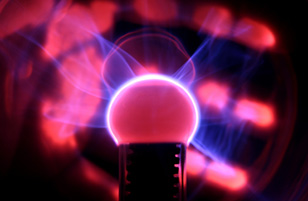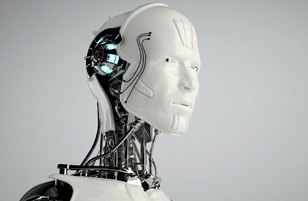“The simulation is complete. Creation of an artificial singularity is deemed viable. Do you wish to repeat the simulation?”
I sat back, frowning at the screen. A phone began ringing in the background but I ignored it.
“Do you wish to repeat the simulation?”
“No, no, that’s fine. Leave it there.”
The computer interface closed down and I turned to my work space. Everything looked fine but I couldn’t shake off the feeling that we were missing something. Director Massingbird was a brilliant theoretical physicist, but sometimes I felt we were all dazzled by that very brilliance, blind to the obvious.
That damn phone was still ringing and I was irritated that one of the nightshift hadn’t bothered to answer it. Then I realised the ringtone was wrong. It didn’t match the internal phones and the whole lab was encased in a giant Faraday cage, which blocked all mobile signals. I stood and turned, moving my head from side to side, trying to get a fix on the source, as the caller seemed in no mood to hang up.
After a moment I swung round – the sound was coming from behind me, from within the reaction chamber itself. Bemused, I left the control area and walked across the access gantry to the armoured glass sphere which housed the initiators, even though there couldn’t possibly be a phone in there. I passed through the access airlock and paused. The air in the chamber pulsed rhythmically in time to the ringing, a palpable change in pressure that made my ears itch. I checked for system anomalies, in case this “phone” was actually an unfamiliar audible alarm, but nothing seemed out of the ordinary. I looked around the chamber, bathed in the cool blue glow of the Tesla coils. There was a hint of frost on the interior glass, caused by the cryogenic cooling net, but that would vanish when the system came online.






